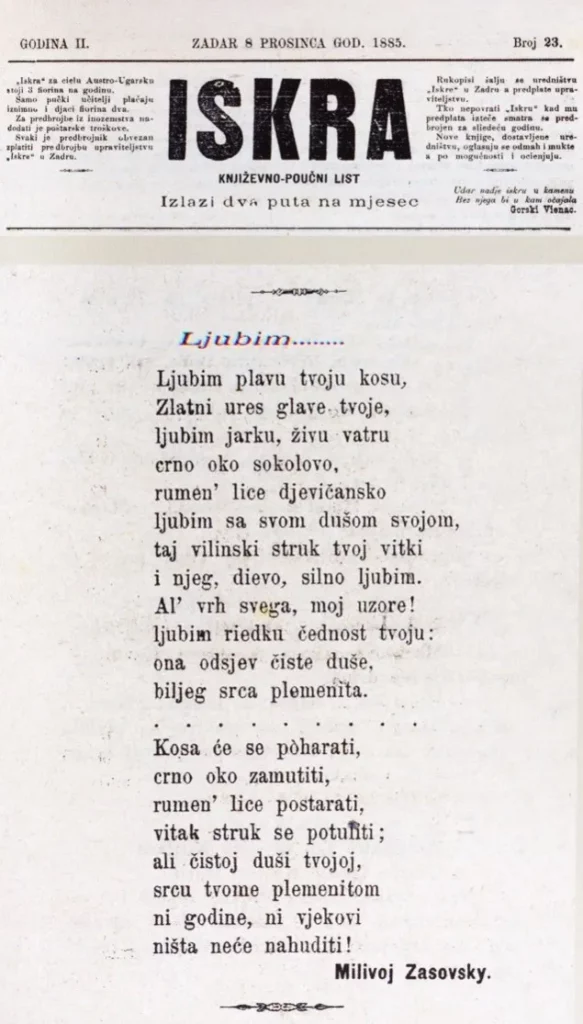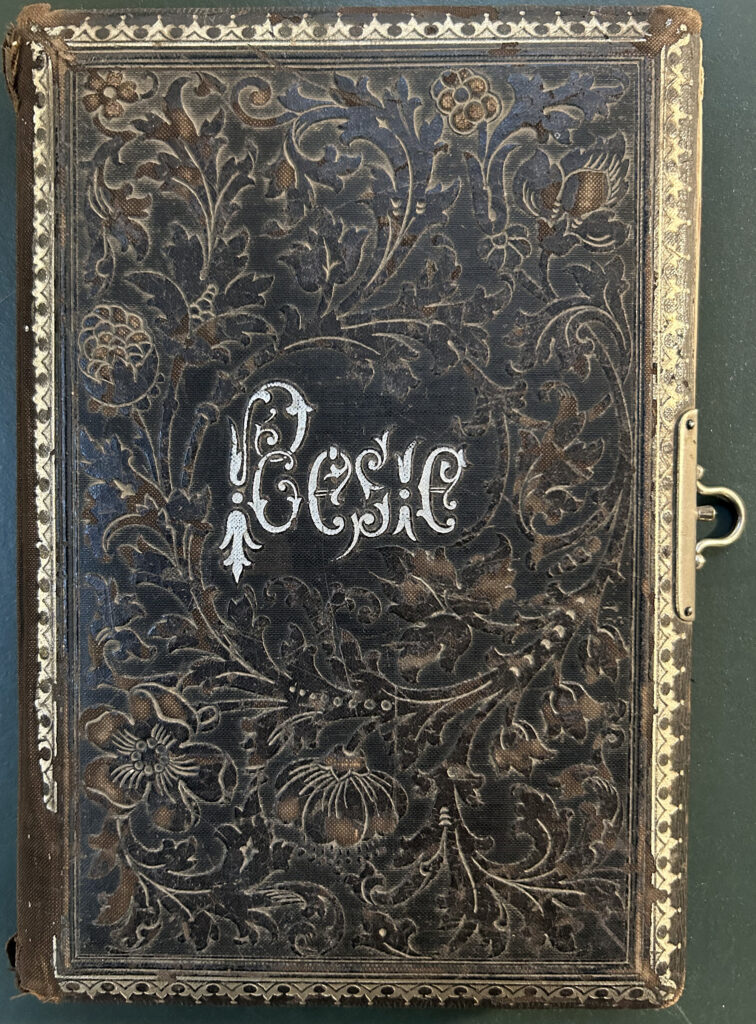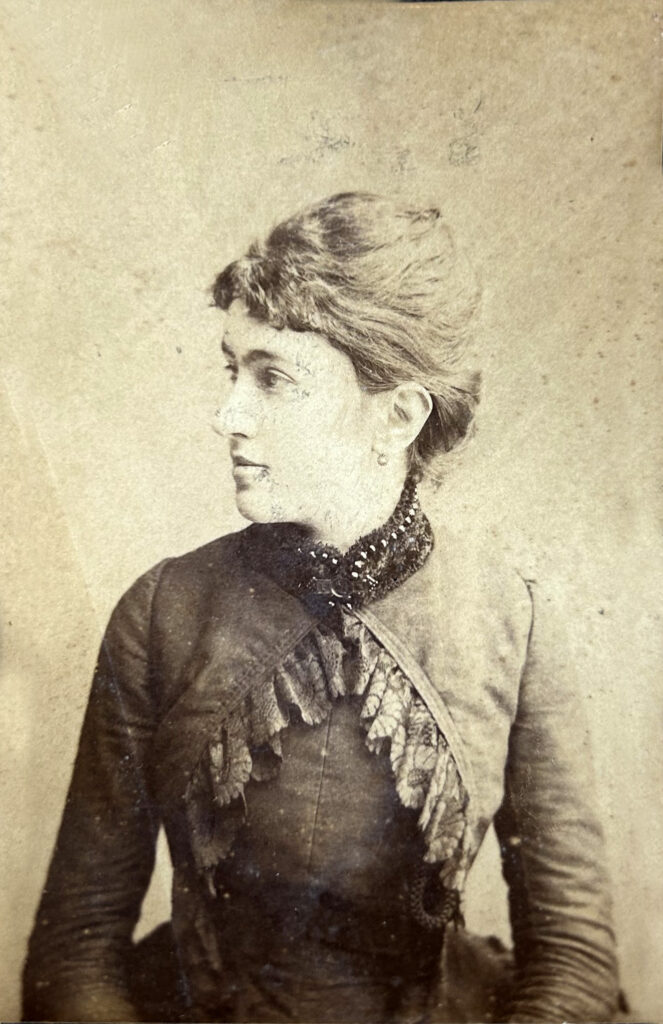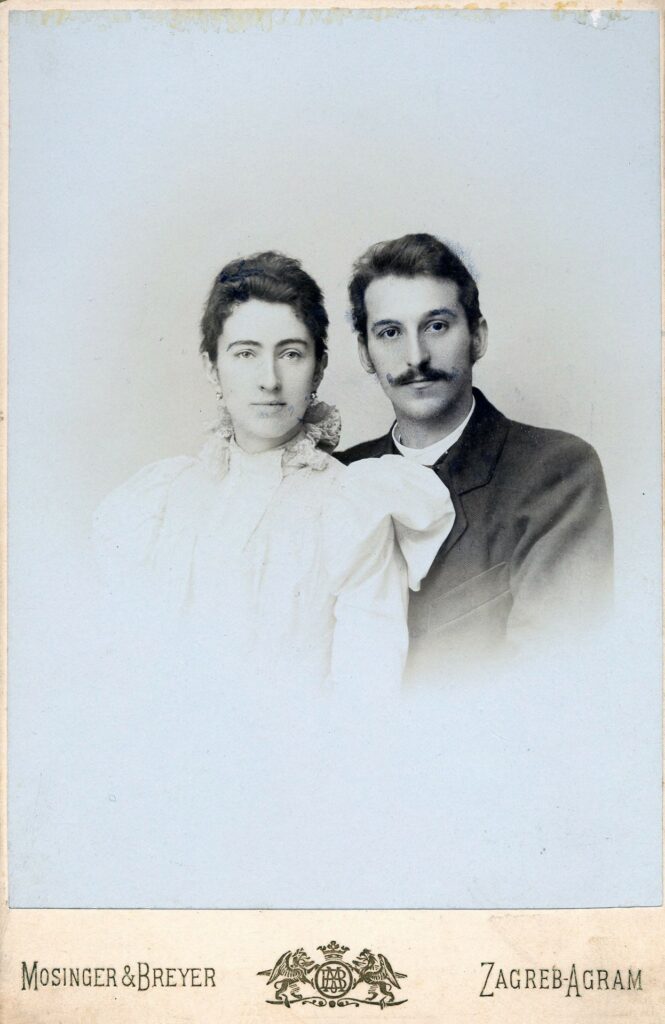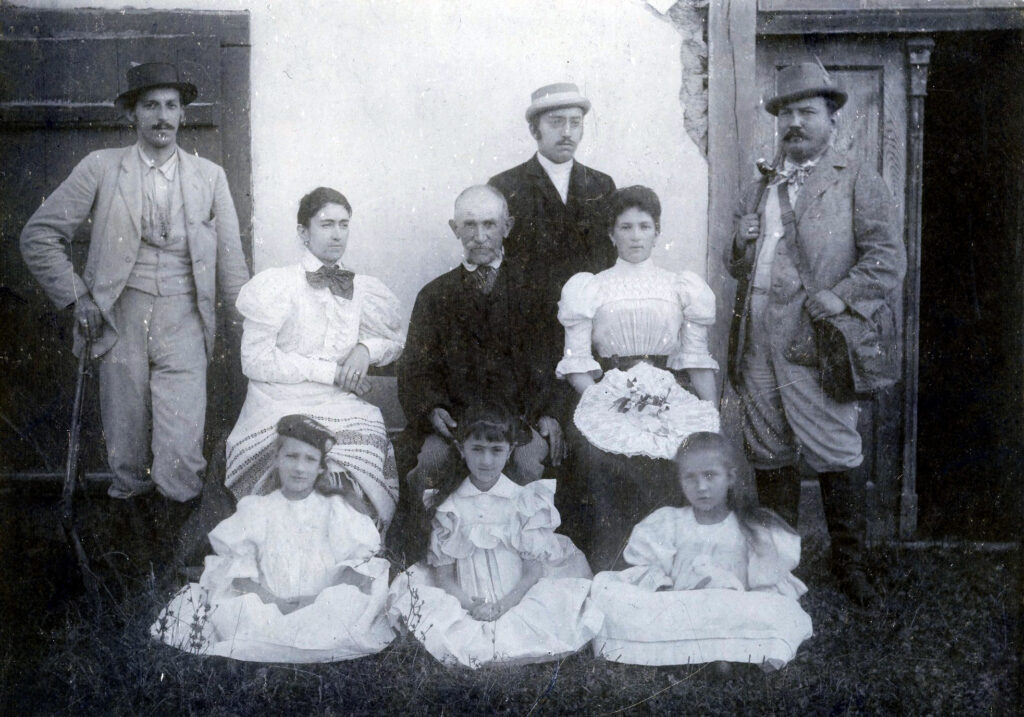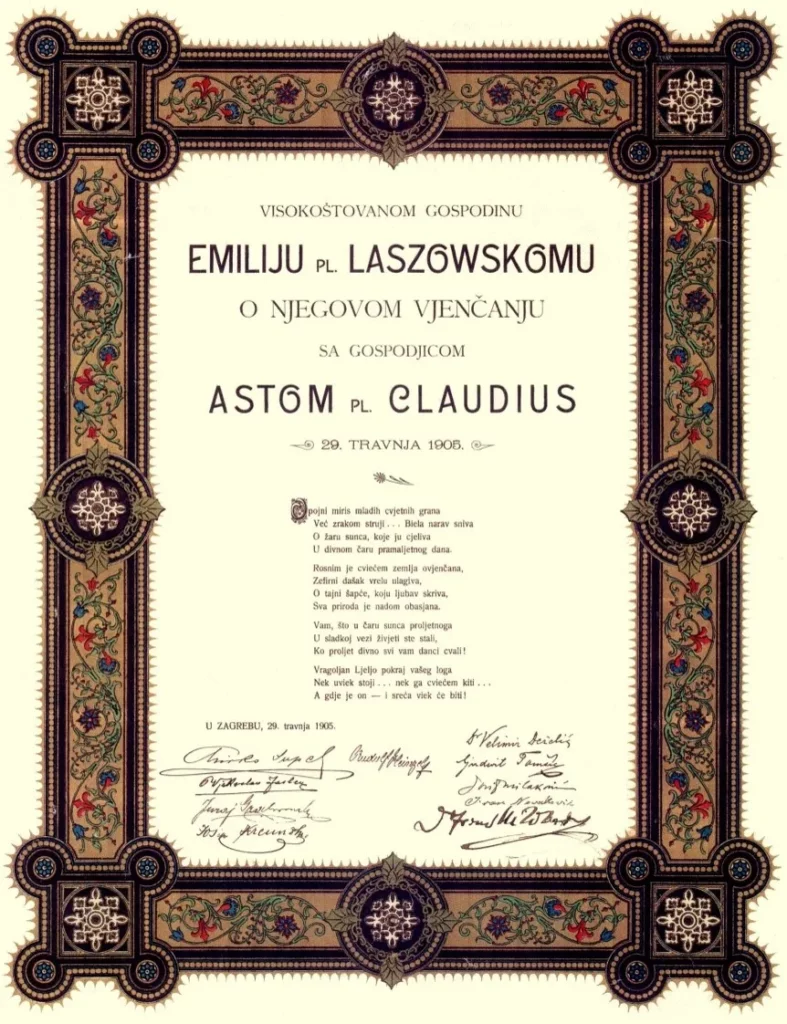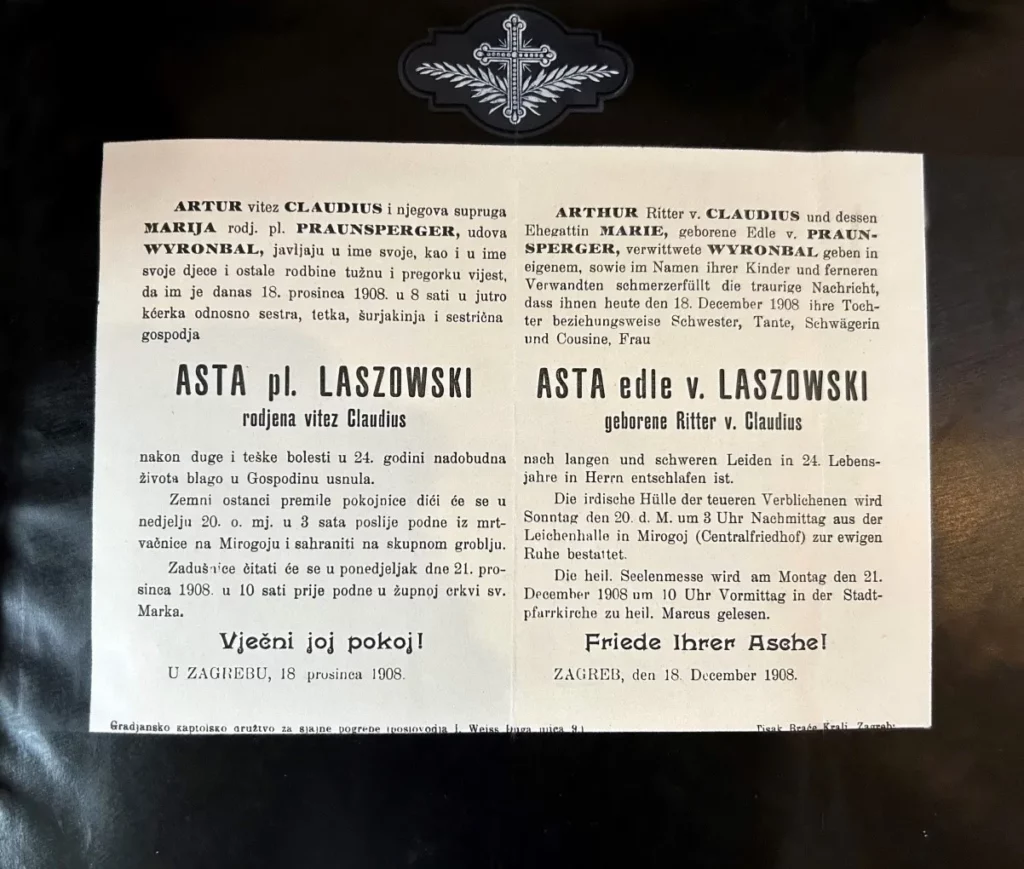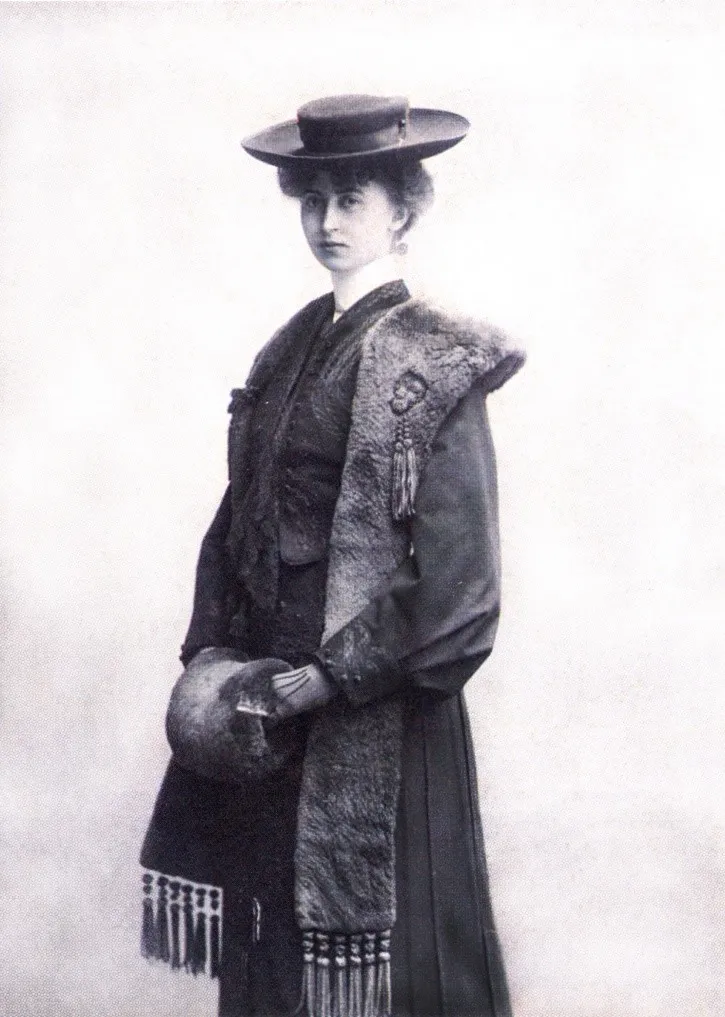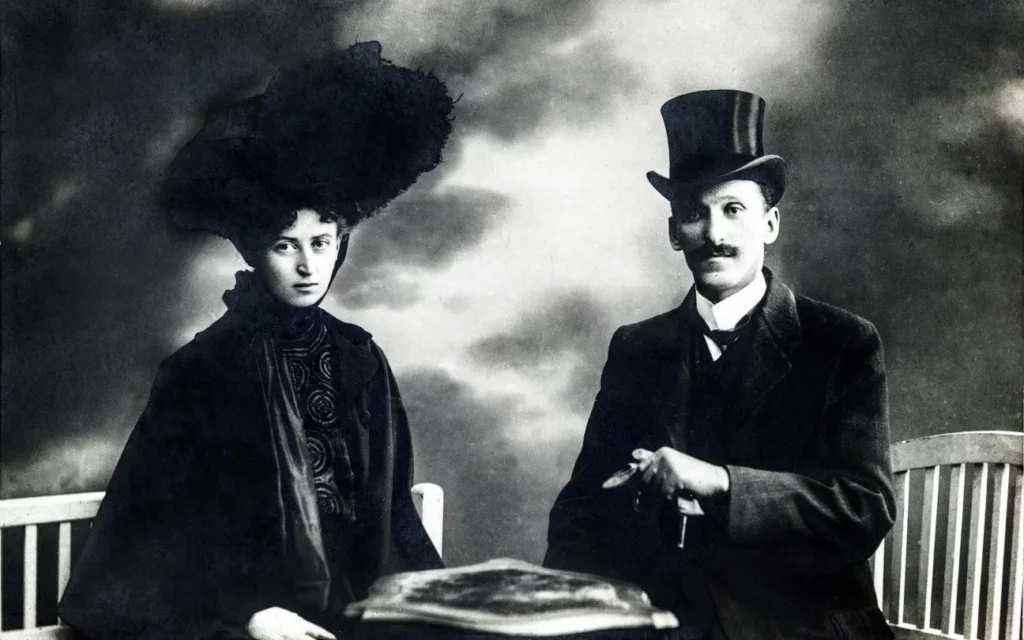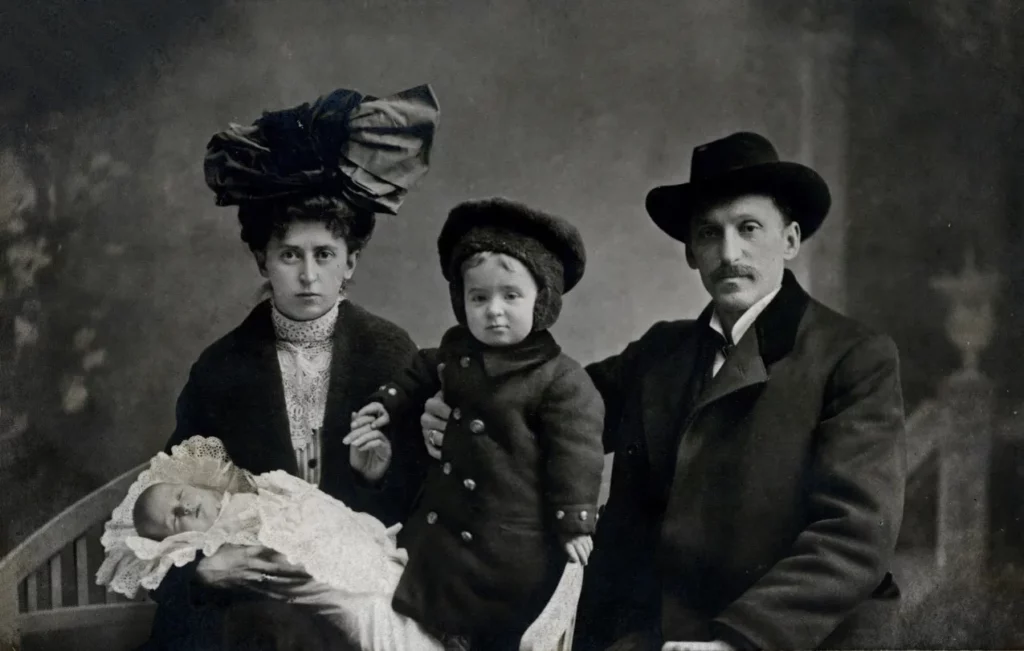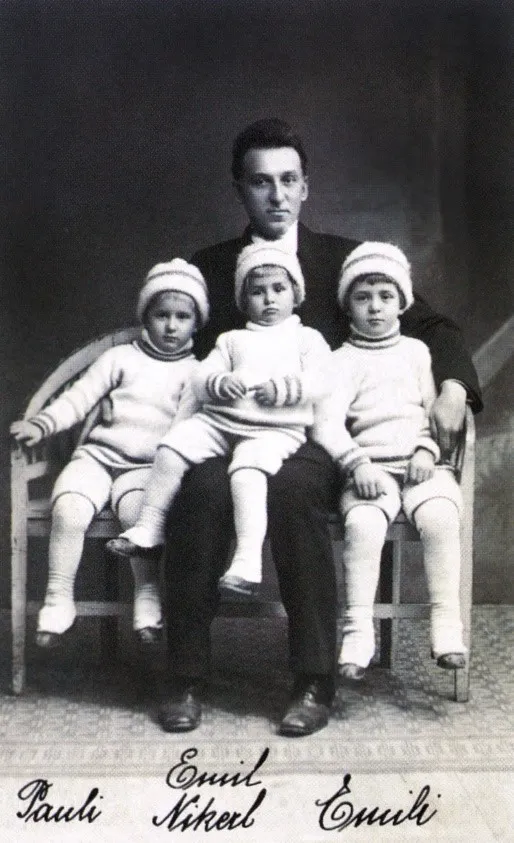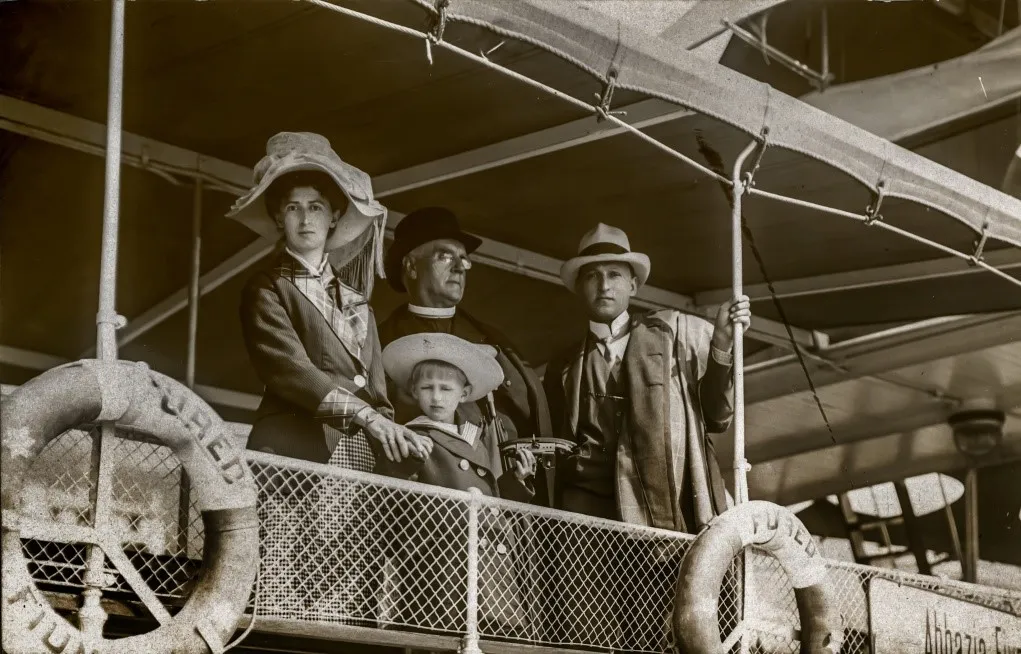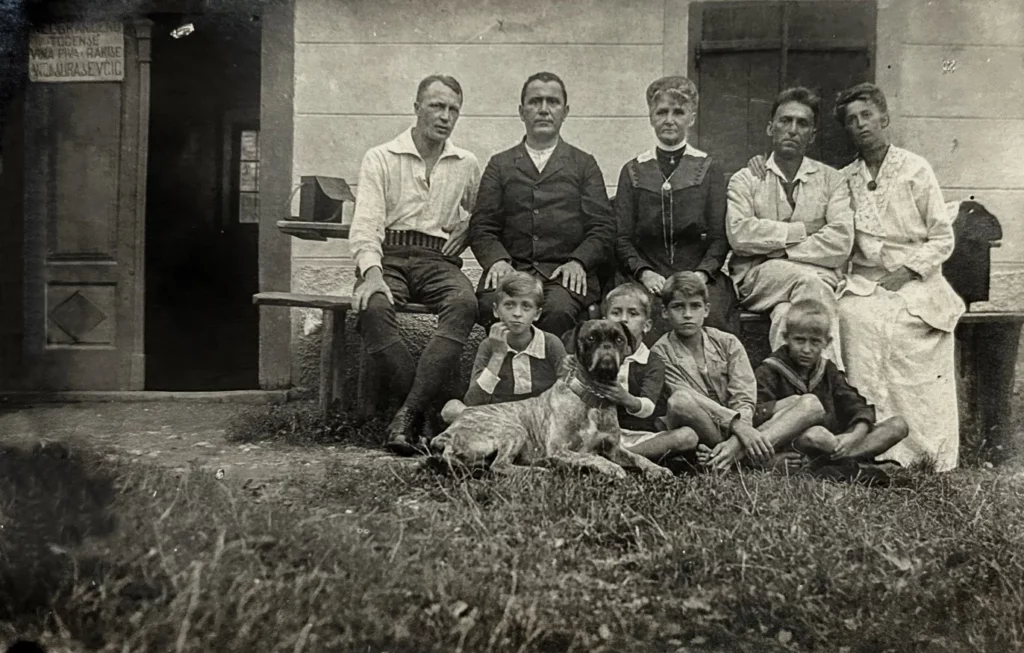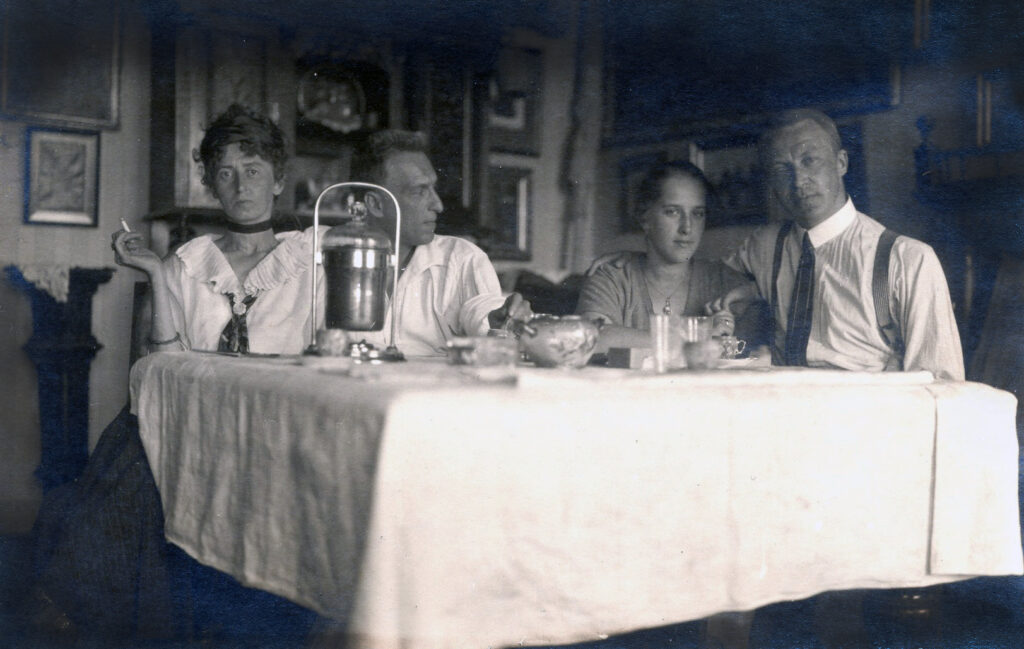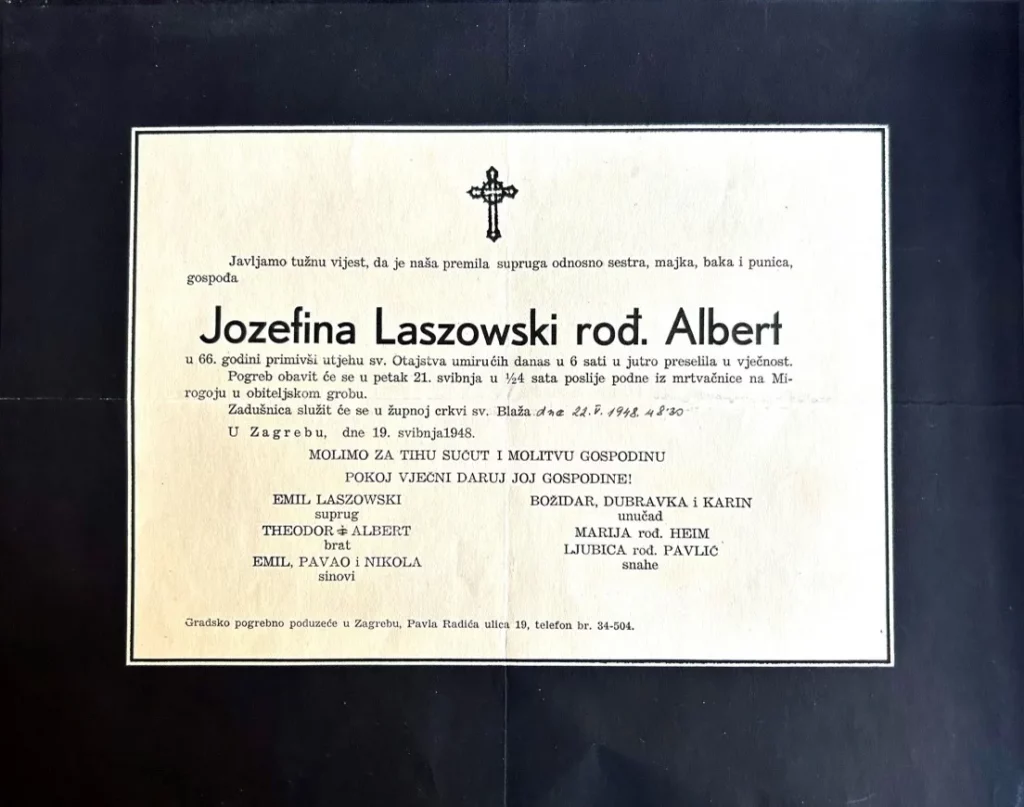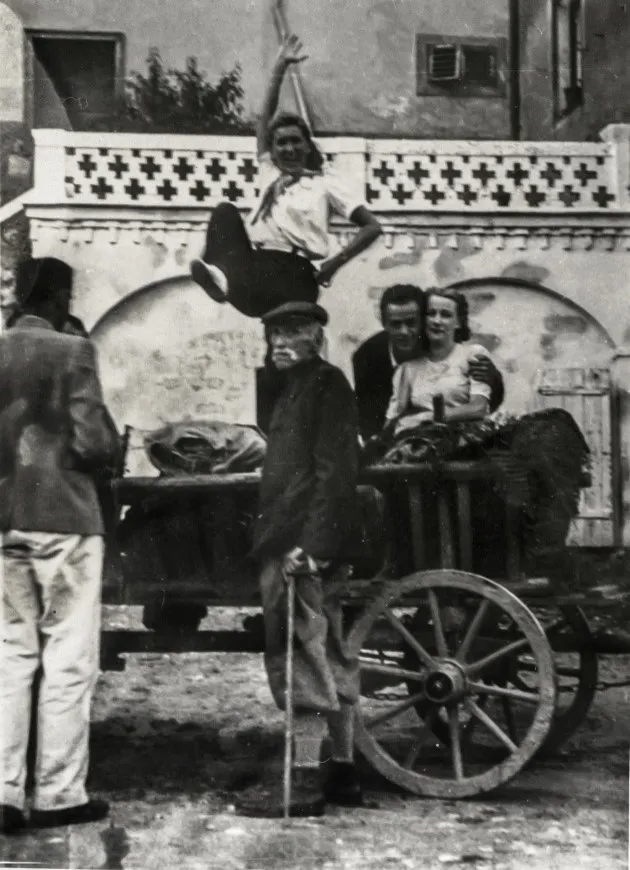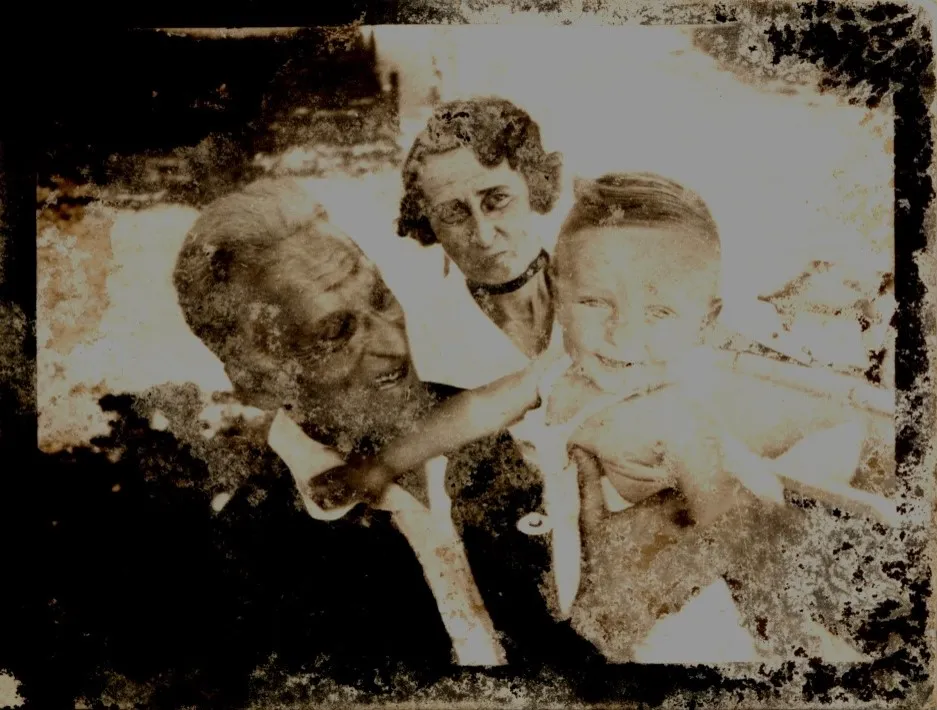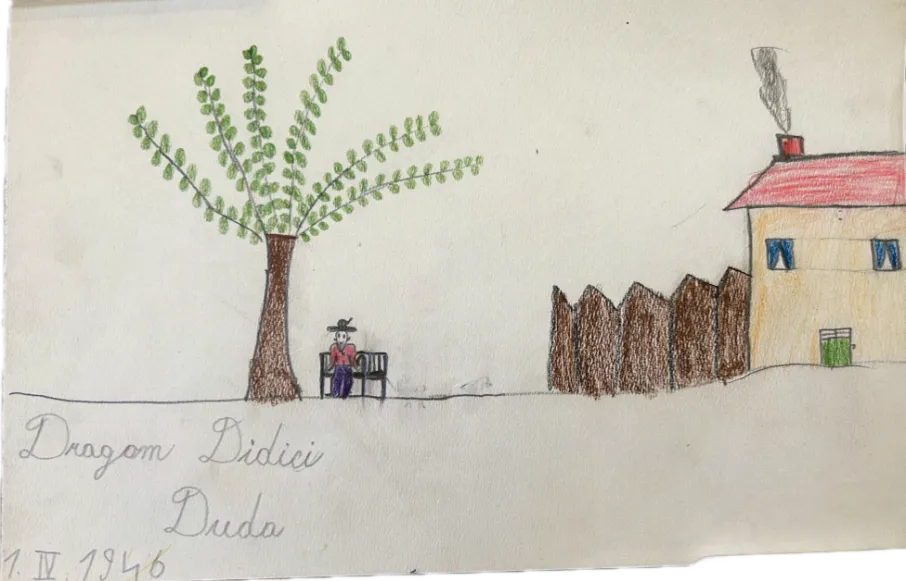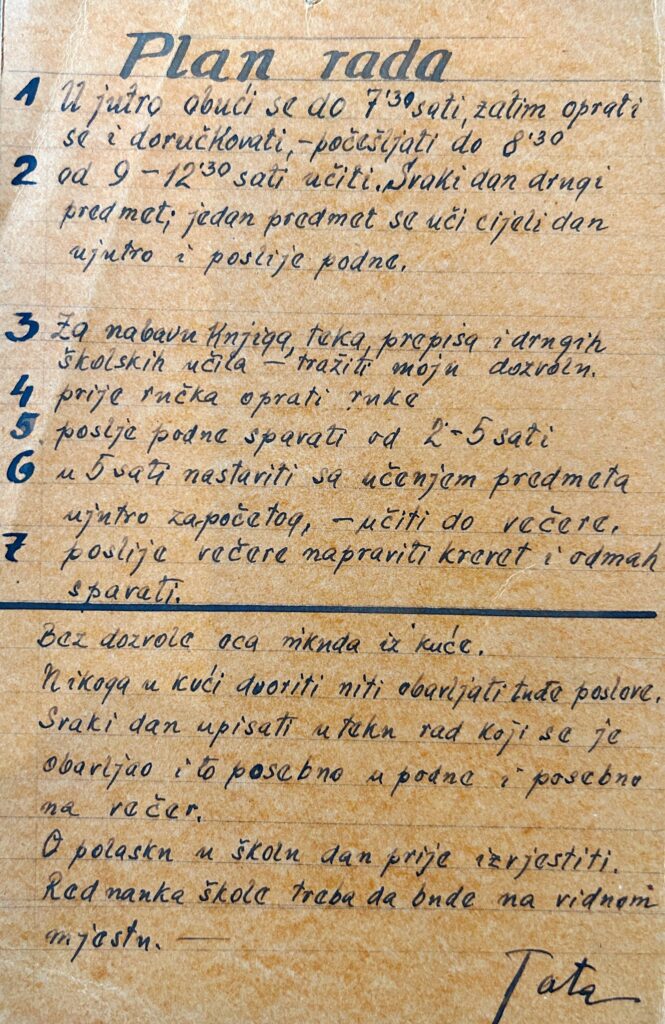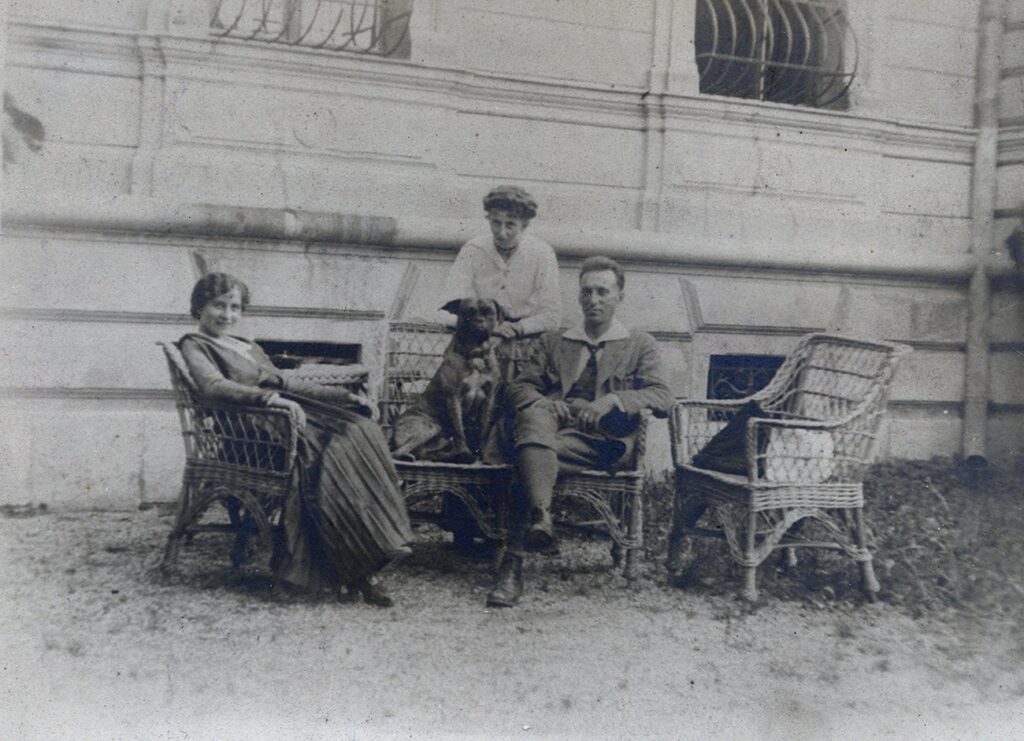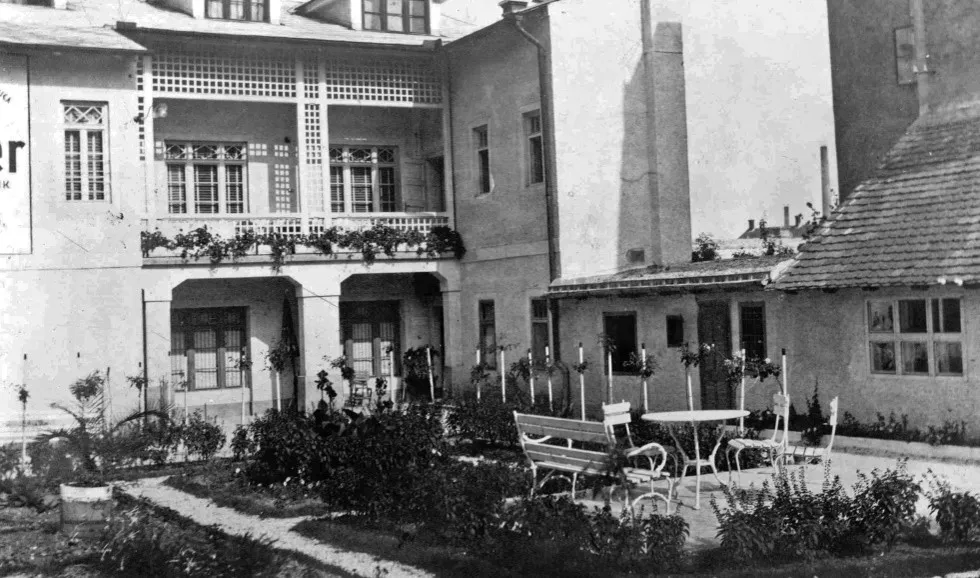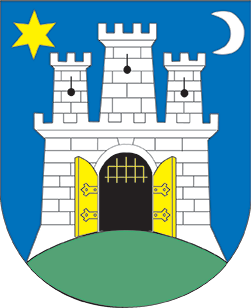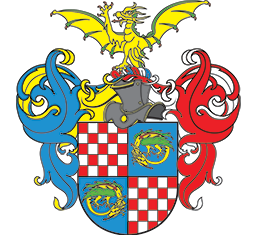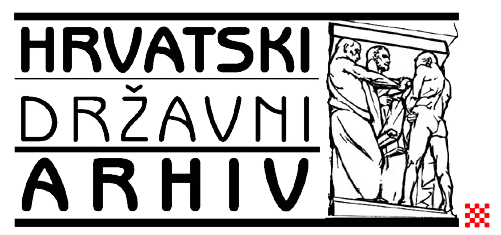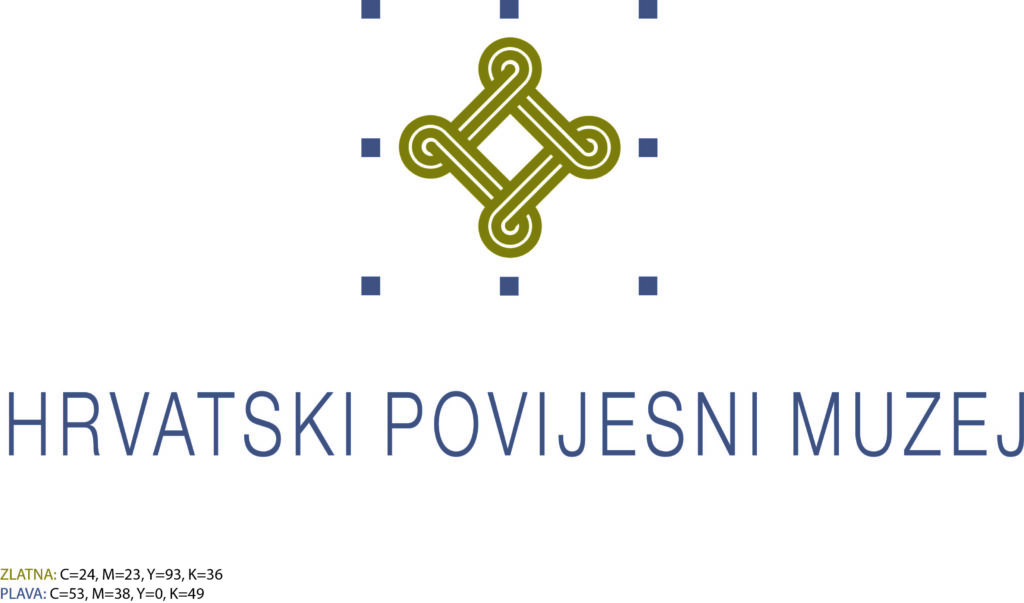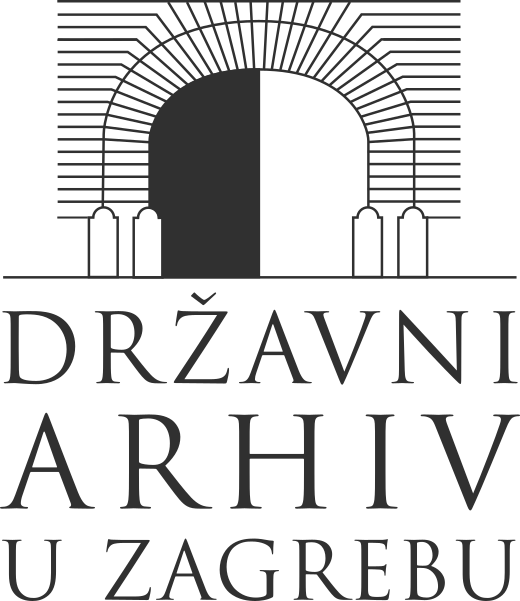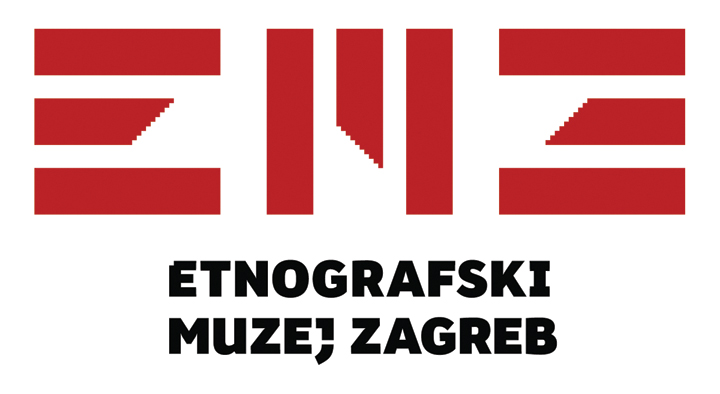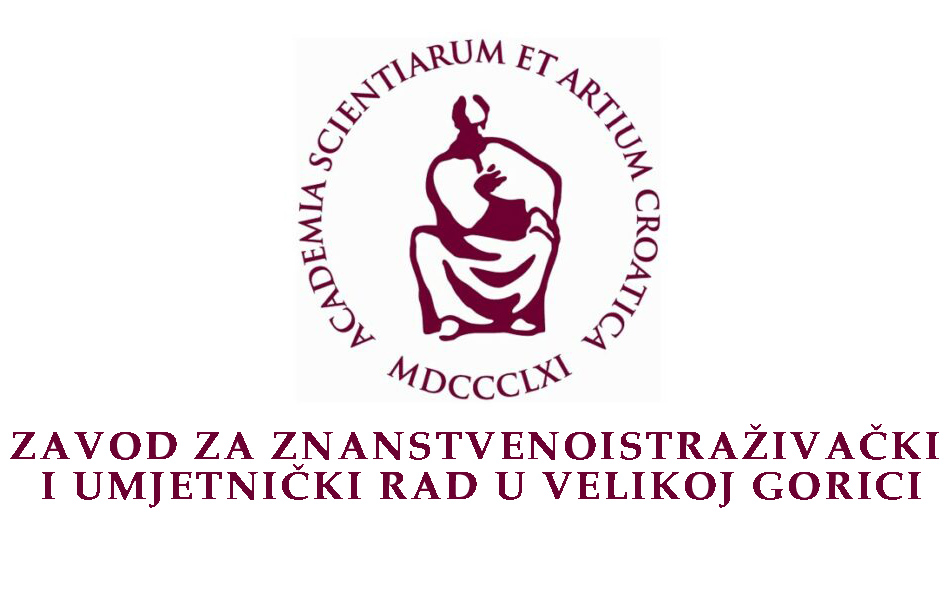15. Liber amorum
I love…
…the rosy face of virginity,
I love it with all my soul,
that fairy-like slender waist of yours,
dear maiden, I love it deeply too.
But above all, my ideal!
I love your rare chastity:
it reflects the purity of the soul,
a mark of a noble heart.
The poem I love represents the first de facto published literary work of Emilij Laszowski. It was published in Zadar magazine Iskra in 1885 when he was 17 years old. His poetic debut exudes Emilij’s ever-present, in this case, distinctly youthful, romantic trait. Laszowski approached everything in life with passion and vitality, but while in social or professional life, this was channelled constructively through formed thoughts, deliberate projects, and actions, in his intimate life, there was a lot of everything—naivety and impulsiveness, passion and haste, disorderliness and anxiety, moments of unhappiness and excessive happiness, stress and a desire for attention and understanding, complete dedication and disappointment…
In his love life, he shows a desire for almost ideal happiness in love and fulfilment of romantic desires, but at the same time, there is an impulse for complete dedication to work and social life, which included numerous obligations, travels, and absences from home. There were also, we could say, doses of selfishness, as if he were not entirely aware. On the other hand, he spent his whole life working, striving to earn money to support his family—a task that was by no means easy. Laszowski, in this part of his intimate life, which includes creating a family and caring for his wives and children, which did not go smoothly, easily, or perfectly, shows his most human side. Behind him, alongside love and family happiness, there lurks melancholy, often dissatisfaction, worries, and problems.
Emilij Laszowski’s love life was like from a novel.
Falling in love is easy
He was a highly social being, accustomed to family gatherings, visits, excursions, and parties since childhood… His thoughts would often wander, distracting him from studying – along with other diversions like hunting, horseback riding, and socialising – childhood, and later adolescent crushes and first loves. His written legacy includes poems and short prose on the theme of love.
His first crushes and loves were those of a boy in Brlog, and those a bit more passionate from Zagreb and his high school days. At the age of 17, he first fell in love with Stanka Belošević from Sisak, who lived with her aunt on Kaptol, but after the initial infatuation, Stanka fell in love with another, leaving Emilij with a broken heart. His second love was a young widow Slava Špišić from Zagreb – his poetic debut I love is dedicated to her… While vacationing in Brlog with her friend Marija, the fiancée of Nikola Tomašić, a romance sparked between her and Emilij. However, upon returning to Zagreb to Emilij’s disappointment the relationship did not continue. Zdenka Šplajt, a relative of the Marn family with whom Emilij lived in Zagreb during his schooling, was also an object of his affection. He wrote that he dreamed of marrying her after studying medicine in Graz.
A great romantic disappointment in Graz, shortly after starting his medical studies in the fall of 1887 is also worth mentioning. While primarily enjoying the cultural life of Graz, he met Baroness Claudina S., a young and wealthy widow. They fell in love quickly, and everything indicated that Claudina and Emilij would start a life together. However, one, perhaps misinterpreted moment, a jealous feeling that his beloved was too close to an officer, deeply hurt him. He wrote in his Diary:
… in the morning a terrible disappointment with Baroness S… it crushed me… I decided to leave Graz.
He did not even pack, he abruptly left both his studies and Claudina. She, in turn, tried to justify herself through friends, but in vain – Emilij did not yield. He returned to Brlog.
Emilija Skrowni - an unexpected love
Emilij dedicated a short story Nesretenica. Pripoviest iz života (An Unfortunate Woman. A Story from Life) to his heartbreak in Graz. He wrote it in 1888, while spending time in Brlog, engaging in leisure activities, socialising, outings, hunting, but also assisting his mother in managing the estate and studying historical literature, which he greatly loved.
After returning and healing his love wounds caused by Claudina, he continued to enjoy friendly interactions and correspondence with Zdenka Šplajt, but their fondness never developed into a romantic relationship. In the tumultuous year of 1888, then a 20-year-old young many, during one of the many outings with his friends, he met Emilija Richter, daughter of a doctor from the town of Sv. Petar pod Svetim Gorama. While studying in Zagreb, Emilij corresponded with her, fell in love, and envisioned a future together. However, he could not agree to the urgings of Emilija’s sister and parents to quickly become engaged and married. He was aware that he was still a student and in an unfavourable position considering the worsening financial situation in Brlog. The separation was sorrowful. At the end of that year, he found himself in a love triangle; he fell in love with Vilma Soretić, who was married to a government official Franjo Soretić. There was jealousy, threats from Vilma’s husband… and this affair ended with Emilij withdrawing from the inappropriate situation.
All these love episodes unfolded rapidly, some overlapping, clearly showing how tumultuous that year was for Emilij, filled with fleeting youthful infatuations and excitement. However, one such romantic episode would completely change his life course and in a way, push him to mature quickly.
Encountering Emilija Skrowni would mark the beginning of a new life.
15.4: Page from Emilij Laszowski’s memory book
Memories from My Youth
Karlovac, February 15, 1888
Emilija Skrowni, who was at the time just an acquaintance of Emilij’s but his future wife, wrote a few lines in German which, when translated, mean: And what wish should I write/ in the memory book for you? / Here! In four words only/ May luck befall you!
HDA
He met Emilija Skrowni, his first wife, in the spring of 1888. He liked her, but it was not a fatal infatuation from the very beginning. He met the entire Skrowni family thanks to his mother Sidonija, who ordered dresses and hats in Karlovac from Adela Skrowni, a seamstress, and her sister Emilija, a painter who made hats and taught piano.
In July 1888, before enrolling to study law in Zagreb, considering his intertwined love situations with other women, Emilija Skrowni was not completely in Emilij’s focus. But during one hot July day, after returning from a trip to Zagorje in a friend’s house in Karlovac where a small group had gathered, and Emilija among them, in good spirits and with obvious youthful enthusiasm, a love spark was ignited… He wrote in his diary: I fell madly in love with her…
He wrote further suggesting that he was both excited and worried about what had happened between them when they were left alone…
And then, as if trying to put everything out of his mind and maybe even forget, he goes to study in Zagreb in the fall. It was as if he completely shrouded Emilija Skrowni in a veil of secrecy, not only before his relatives and friends, but also before himself.
When he found out that Emilija was pregnant, he was confused and unprepared for this big turning point in his life.
In the light of what had happened with Brlog and with a completely uncertain future, Emilij’s world was clearly changing. He, on the other hand, lived in Zagreb in a rented apartment and studied, and for a long time he did not confide anything to his mother or close relatives.
Emilija Skrowni gave birth to their daughter Feodora in April 1889. He seemed to delay his decision to marry Emilija, and even in the summer of that same year he fell in love with a teacher Mica Šulc. In this emotional confusion, at the beginning of 1890, Mica gets a job in Bribir, and during the year Laszowski would stop correspondence with her. He felt a moral obligation and decided to marry Emilija, despite the fact that his mother Sidonija was not the happiest with his decision.
At the beginning of April 1890, Emilija and Emilij got married in a chapel in the town of Brlog.
Family relations with Emilija’s mother, and especially her sister Adela, were not good, so at the end of the year, the young couple and their child moved to another apartment in Karlovac, and then to Zagreb, after Emilij got a job at the Archives in June 1891. In addition to the fact that he liked working in the Archives, the job also brought him money, because the family’s financial situation was becoming more and more problematic. And now he had to take care of his wife and child. They lived in a rented apartment at Nikolićeva 3 (today Teslina ulica), and then at Trenkova ulica 7 (now Gajeva). Laszowski studied hard and passed state exams and graduated from law school on September 1, 1893. That year Brlog was sold a few months earlier. It seems that he tried to forget that unpleasant event by working and studying.
It seems that after the stormy and uncertain beginning of the relationship, Emilija and Emilij lived in a harmonious marriage for 14 years. At the end of 1902, Emilia fell seriously ill with pneumonia, which later turned into tuberculosis. She died in April 1904, in her husband’s arms. He dressed her with the help of her mother and laid her on the bier. She was buried in Mirogoj cemetray.
Emilija’s death exhausted him – he fell ill himself, and his mental condition worsened. A young widower, 36-year-old Emilij, slowly returned to everyday life by taking care of his grieving 15-year-old daughter Feodora and devoting himself to work as much as possible.
But the peace would not last long.
Asta - an unfortunate choice and a sad fortune
After the death of his first wife, his cousin Ema Partaš and Vilma Soretić, Emilij’s former love interest from his younger days, started real intrigues in an effort to find him a new companion. They tried to get him interested in the rich daughter of a pharmacist Edo Tomay, but her wealth repelled him – he did not want to depend on his wife’s money. He, on the other hand, liked the painter Vera Bojničić, daughter of the director of the Archives, Emilij’s superior, but she was too serious and cold towards him. Already at the beginning of 1905, he met Asta Noble Claudius, niece of Vilma Soretić, whose family Emilij had known since his younger days, because they owned the Obrh estate near Ribnik and lived in Karlovac. Asta was a clerk in one of the banks in Zagreb and fifteen years younger than Emilij. She caught his eye at a party, and at Vilma’s intervention, Asta admitted to him as well that she was interested in a serious relationship. Very hastily, Emilij goes to Asta’s parents in Karlovac and asks for her hand in marriage.
At the end of April 1905, they got married in Karlovac. Their marriage lasted only two and a half years.
Asta had already been suffering from pneumonia and Emilij was soon faced with the unfortunate need to finance her treatment in Görbersdorf in Lower Silesia (today’s Sokolowsko in Poland), the first luxurious known health resort specialising in the treatment of tuberculosis. His wife loved luxury, travel and high life, and he worked hard around her wishes. He got into excessive debt, especially with Nikola Tomašić.
Asta soon showed her not-so-friendly face, because she had a difficult disposition, and the marriage, along with a long-term apartness, quickly turned out to be unhappy. Emilij quickly realised that his wife did not love him. The couple became very distant. Although the relationship had no prospects, Emilij continued to try and paid for her second expensive treatment, this time in Kapsowar, but it was unsuccessful. Asta’s stays outside of Zagreb continue, as do his business obligations and official trips, and the spouses hardly see each other.
On an official trip to Vienna, in the summer of 1907, he met Josefina Albert. Only then does he clearly face his loneliness in an unhappy marriage. Despite all his moral doubts, despite Asta’s illness, despite thinking about what the people around him, to whom he did not confess his unhappy emotional position in marriage, would say, he began a relationship with Fini.
Divorce proceedings were instituted in October 1907 and were very unpleasant; Asta was offended and wanted to destroy his reputation. In mid-December, a civil divorce was officially confirmed.
Asta died a year later, in December 1908. He found out about her death by accident and in a very dramatic manner. He saw a hearse with Asta’s name in Bakačeva ulica, going to collect her body in the apartment where she lived in Petrinjska ulica.
With Fini until the end of life’s path
A tall, delicate girl with a pleasant appearance,
built in the English Gothic style…
This is how Laszowski described Josefina Fini Albert in his Diary after their first meeting in Vienna in the summer of 1907. He was 39 and she was 14 years younger. She lived with her mother, Marija Treitl, and her brother, Theodor Albert, in the same house where Laszowski stayed during his official trip to his friend Josip Plivelić. Love was born between Fini and Emilij. The affection he felt for her only increased the dissatisfaction and loneliness he felt in his marriage.
Returning to Zagreb from his trip, he very quickly decides to see Fini again, so he travels to her in Bregenz, where she went on holiday. After spending almost three weeks alone with her, he decided to make a big change in his life. He even brought Fini to Zagreb to meet his mother and daughter (she also met Asta, who unexpectedly returned to Zagreb). He also had to go to her family in Vienna to explain, which was not at all easy, his complicated and unhappy marital situation and promise to marry Fini.
The civil divorce from Asta was finalized in December 1907, but annulment from the church, on the other hand, went very slowly. Therefore, Laszowski converted to the Orthodox faith ̶ it was a means to an end: namely, he wanted a church wedding, because Fini was already pregnant. They got married in Zagreb in June 1908 in the Church of the Transfiguration of the Lord. He would return to the Catholic faith after Asta’s death.
He lived to an old age with Finika, as he affectionately called her. They were married for 40 years.
After his stormy marriage with Asta, he calmed down a bit with Fini. In their marriage there was happiness and love, beautiful trips, numerous gatherings and outings with family and numerous friends, family warmth and parental care. They had three sons, Emilij, Nikola and Pavle.
As in many marriages, there were worries and problems. In particular, there was always a lack of money, because Emilij was the only breadwinner of the family, and they wanted to maintain a certain standard of living, which was not easy to maintain. Despite his regular salary and fees, Emilij was often frustrated by the fact that he could not earn enough for his family. He would often turn to his cousin and benefactor Nikola Tomašić for help, who often lent him or gave him money, and left him a larger sum of money when he died in 1918. And that money quickly fizzled away as well.
I have endured a lot during my life. I met misfortunes very often. Happy days were rare. Since 1893, I have been carrying a heavy burden fighting for food – I have always lacked a blanket.
One could say that Fini must have suffered because of her husband’s frequent official absences and numerous social obligations, and she was often alone with her children, and raising her three sons was challenging. As a native of Vienna, she never learned the Croatian language perfectly, but that might not have been such a big problem in the multilingual environment in which they lived. Due to the eternal lack of finances, and it should be emphasised that they were also deficient due to unthriftiness – they had a housekeeper and a cook and governesses for the children ̶ arguments arose with his wife. Emilij used to show dissatisfaction with his children’s upbringing and the expenses, which, in his opinion, Fini did not particularly pay attention to. During their long marriage, there were often scarcities, especially during both world wars and in the post-war periods, when they had difficulty making ends meet.
In the middle of 1947, Fini fell ill and her husband took care of her with great attention and love, despite the severe poverty they experienced in that post-war period. She died after a long stay in the hospital in 1948.
Fini’s departure left a big void in his life. He had a hard time dealing with loneliness, being sick himself and having difficulty moving. The only thing that made him content was writing. He worked as long as he could, but the zeal slowly left him.
Three sons of the same name
Feodora – the only daughter
He used to call his daughter Feodora, i.e. Fedora Laszowski, Fea – which may have sounded gentler, milder to him. In the family photos from her earlier years, you can see how much she resembled her mother Emilija, with dark eyes and eyebrows. Her fate from her birth in 1889 in Karlovac, moving with her parents to Zagreb, until her sudden death in 1940, was marked by her mother’s illness and death in 1904, when Feodora was only fifteen years old. She attended the Grammar School for Girls at Gornji Grad in Zagreb, but dropped out and completed a typing course. Her father employed her as a daily wage clerk at the Archives, where she worked for two years, and then she decided to marry Vilhelm (Vilk) Geresdorfer, an employee at the Croatian Agricultural Bank. Father Emilij was pleased with his daughter’s choice; they fraternised, and Vilko also became a member of the “Brethren of the Croatian Dragon” Society. He also had property, so Emilij no longer had to take care of his daughter financially, which meant a lot to him. Vilko’s brother was Ljudevit Geresdorfer, a famous hatter from Zagreb, who had a shop in Ilica and was a friend of Emilij and a member of the Society.
Vilim and Feodora got married in the church of St. Mark in Zagreb, and the very next day they set off for Vienna, together with Emilij and Fini. The young couple then went on a trip to England and the USA; Vilko was appointed as the trustee of the parent bank there. But they did not stay long. They also lived in Sušak because of Vilko’s work, and at the end of 1911 they had a daughter, Matilda.
During 1912, Feodora fell ill with tuberculosis, a disease from which her mother died. They feared the worst, so Emilij travelled with Fini to help his daughter and be of service to his son-in-law with his granddaughter… Fortunately, Fea managed to recover. She had good relations with her father’s family, they visited and socialised with each other.
Fedora died suddenly in 1940, she fell ill during a military exercise in Rijeka, during which she probably suffered a shock and underwent a heart attack… The death of his eldest child affected him, but none of the family members, not even himself, went to her funeral. Admittedly, he was already 72 years old at the time, and in the pre-war psychosis, he may have had a hard time accepting that most difficult emotional situation.
Mother Sidonija
All his life he looked to his mother for care, love and support, and he got it in abundance. He was extremely attached to her from an early age. Despite all his plans, love affairs and search for true love, she was the only woman, he wrote, whom he trusted unconditionally and who truly understood him. A son’s love was loyal and strong. At the end of her life’s journey, Emilij’s mother left her son in deep mourning. His life was marked by the premature deaths, first of his father, then of his two wives and finally of his daughter Feodora, as well as numerous friends whom he accompanied to their final resting places. He mourned for his grandfather Filip, but perhaps he ached the most for his mother. Severely affected by his mother’s death, in 1916 he did not manage to come to the dragon meetings for two months, which he as the Grand Maister almost never missed.
Zagreb addresses - looking for a family home
He changed a lot of addresses in Zagreb during his lifetime, and after the loss of his hometown of Brlog in 1893, he was constantly in a situation where he lacked money for his own real estate and was already living in rented apartments. But this was a common practice of the time, and it seems that he was not too different from many other members of the cultural elite. All of his furniture, library, valuables moved with him…
During his schooling in Zagreb, he already lived in the family of Professor Marno in today’s Praška ulica, and after his employment at the Archives in 1891 and the family’s move to Zagreb, he lived with Emilija and their daughter for a short time in Nikolićeva, today Teslina ulica, and then for a longer time in apartment in Trenkova, today Gajeva ulica. He stayed in the apartment in Visoka ulica in Gornji Grad for only two years. That apartment was the closest to his work at the Archives, then located on St. Mark’s square, and the Stone Gate where the Museum with archives and library were founded in 1907. For a while he lived with Fini in apartments in Draškovićeva ulica and at Starčevićev trg, and then they moved to an elite neighbourhood at Josipovac, to an apartment in Villa Ehrlich. They stayed there until 1916, and then for two years they lived in an apartment at Prilaz 24. Nikola Tomašić left him a large amount of money in his will, so he decided to buy his own property, a house in Srebrnjak. Until the eviction of the old tenants and repairs, he temporarily lived with his family in Ilica 96 in the Society’s apartment. In the end, they did not move to Srebrnjak, he resold the house, and the reason may have been the assessment that it would be more profitable for him to move into the government apartment in Vodnikova ulica, across from the Botanical Garden, which had been assigned to him. They lived there for a long time, until 1933, when, due to an increase in costs, they decided to move to a more affordable property, to an apartment in Trenkova ulica, and then to an apartment in Ljubljanska ulica.
The last apartment was the one in Krajiška ulica, which they moved into in 1938. It was the last apartment of Fini and Emilij Laszowski. The memory of that place is preserved by a memorial plaque that the “Brethren of the Croatian Dragon” Society placed on the building in 1999, on the 50th anniversary of his death.


